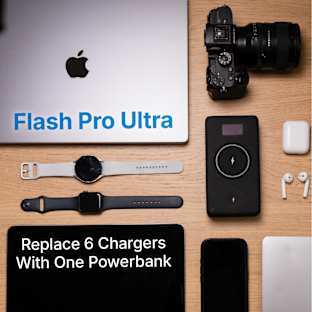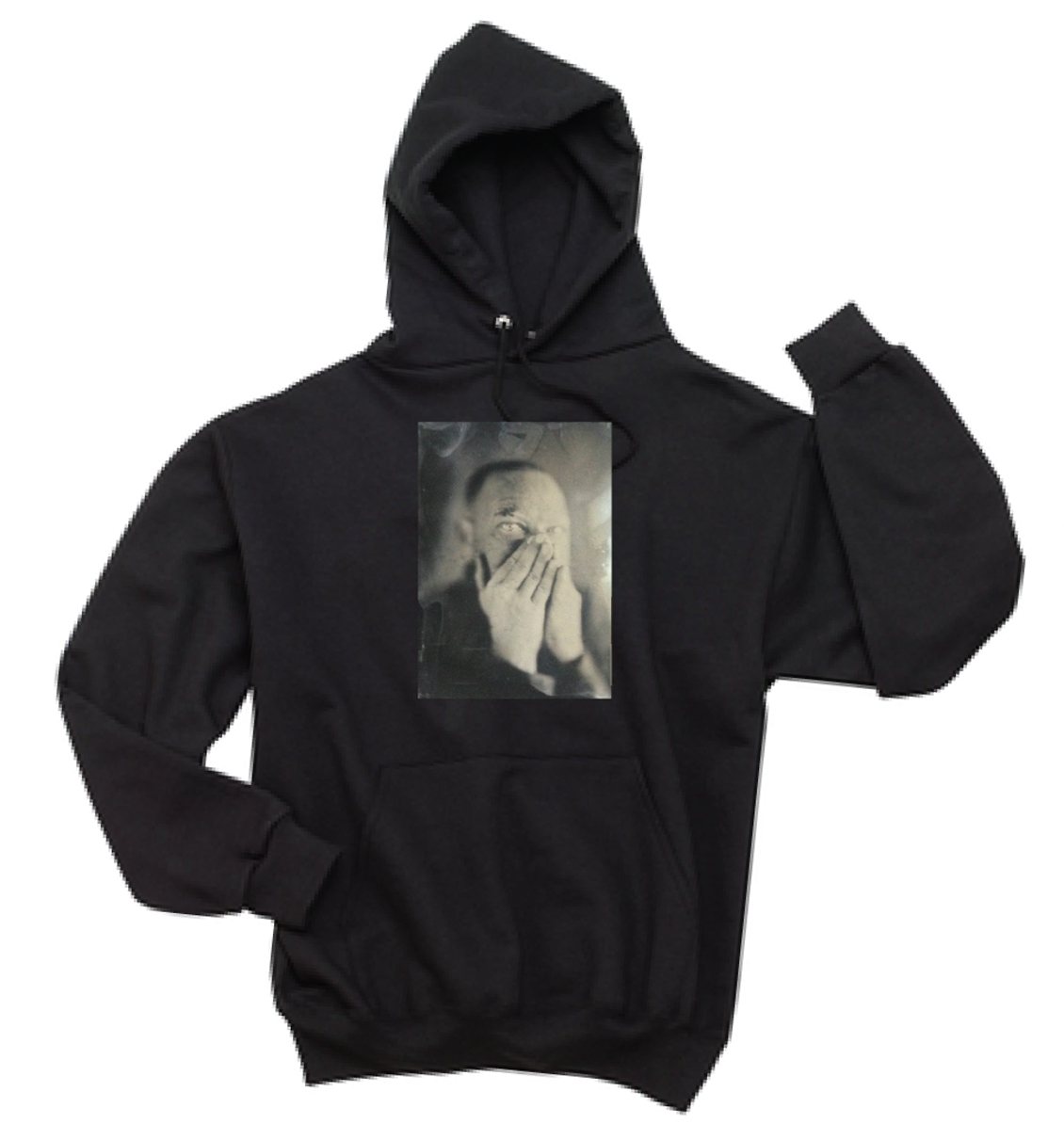Update October 29th 2013
Thank you to those that have supported the project! We are departing for the first leg of the journey november 2nd so stay tuned for updates!
Thank you!
-Matt
Introduction:
My name is Matt Alberts. I'm a photographer/artist, originally from Philadelphia. I currently live in Denver, Colorado.
This project is a combination of my passion for photography and skateboarding. Discouraged by the meaninglessness of most digital images, a desire grew inside of me to create something authentic. I wanted to be more involved with the process. I wanted to be back in the darkroom and working with my hands. I wanted to remove myself from the virtual world of digital photography.
Some people say that making a person's portrait in wet collodion can capture their soul. At least that's what the Native Americans of the 19th Century believed. And some people today believe it, too.
The process was invented in 1851 and revolutionized photography. With its sensitivity to UV light and long exposure times, wet collodion has the ability to see beneath the skin, revealing character and depth.
To have a wet collodion portrait taken has always been a luxury. When the process became popular, it would typically cost three to six month's salary to have a portrait made on glass... Far less than commissioning a painting, but still very expensive. It was often the only photograph people had of themselves or their family. The process is very stable, images made in the 1850s and 1860s look as good today as the day they were made.
I first saw wet collodion photographs visiting my grandparents at their shore house on the Chesapeake Bay. When I was younger I didn't understand the technical portion of the process but knew that my great-great-grandfather, Lowell Gilmore, had a photography studio in New York. where he made wet collodion portraits.
![]()
![]()
Above Left: Lowell Gilmore and his wife Emma Gilmore 1857 | Albumen print made from a wet collodion negative. Above Right: Lowell Gilmore 1854 | Tintype.
Last year, I was feeling dissatisfied with digital photography. Photography for me, began in the darkroom, a very real experience. I missed that connection. I've made resin prints but I wanted to make more. I came across the wet collodion process. I was intrigued that people were still working in this process. It allowed me to identify the types of photographs Lowell Gilmore had left behind, too.
In February, 2013, I was introduced to Quinn Jacobson in Denver, Colorado (Studio Q). Quinn is known internationally as an artitst and master of the process. I took his course and was immediately hooked. After the course, Quinn began mentoring me. I was spending as much time as I could in the studio learning the intricacies of the process. I learned about the chemistry, the gear, the techniques, and, needless to say, I was making a lot of photographs.
I began making positives on black glass, aluminum, and negatives. A negative is on clear glass and can be used multiple times to make various kinds of contact prints, or POP (Printing Out Paper) prints. My personal favorite is making Collodion-Chloride prints; I like the way they are applied to the paper with their glossy finish. And Collodion-Chloride prints are the most archival prints of the 19th century.
Using my savings, I bought the best equipment available. I purchased an 11" x 14" handmade Chamonix view camera, a few antique brass lenses from the 19th century, and a large format tripod made by Reis Tripods in Seattle, Washington. I've invested in all the necessary chemistry to get started. I also purchased a 1973 Airstream Land Yacht so I can have a mobile darkroom and make wet collodion photographs anywhere.
In search of inspiration and ideas to compile a collection of work, I looked to what I love, skateboarding. I'd been taking portraits of friends and had Chet Childress come to the studio. Chet is an artist and skateboarder and it was the photos of him that inspired the Lifers project.
![]()
Madness Tryptic | whole plate black glass ambrotypes. 





























































